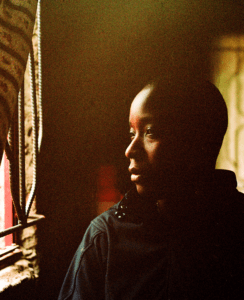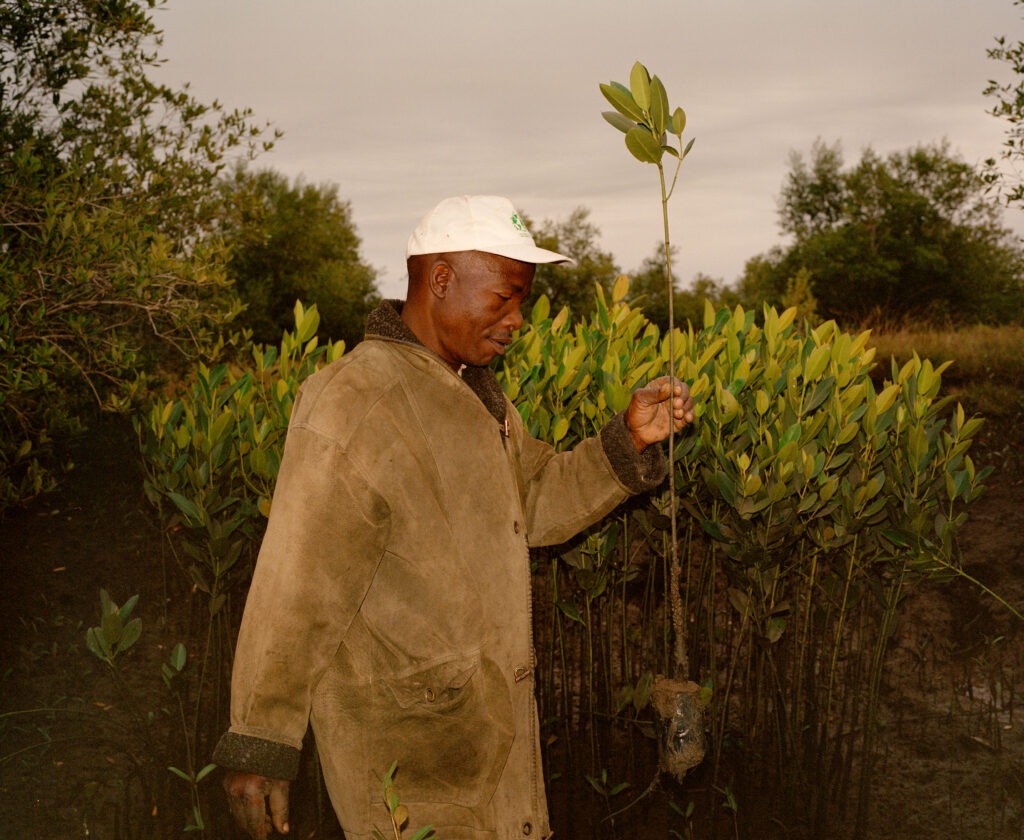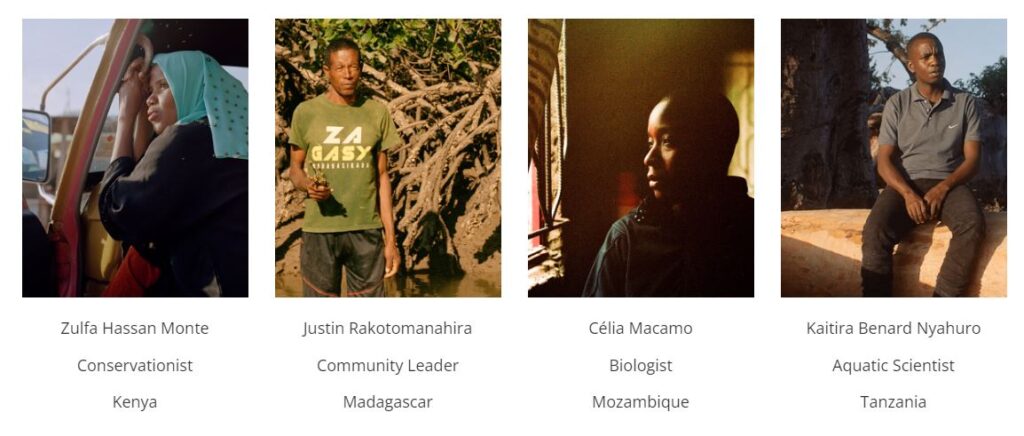Mangroves: The unsung climate heroes
Interview with Célia Macamo, Biologist and Mangrove Expert
When Célia Macamo was young, she dreamed about being a doctor. Today she says she is thankful that she failed the entrance exam for medicine because it allowed her to pursue her passion for nature and teaching. Célia is a lecturer and researcher at the Eduardo Mondlane University in Mozambique. Her field of research is in mangrove forests ecology, management, and conservation. In this interview, she talks about her road to becoming a biologist, why mangroves are essential for mitigating the effects of climate change and what gives her hope for the future.

© Kent Andreasen / WWF
How did your interest in becoming a biologist start?
I initially wanted to study medicine, but then, halfway through, I realized that I didn’t want to be a doctor and had always had a passion for nature. So, I took the entrance exams. Medicine was the first option and biology was the second. I failed the first option, entered the second option, thank God, and that’s it. I started studying and as I did, I realized that I wanted to be a teacher and I really enjoyed what I was doing.
What is your research focus?
My specific area of expertise within mangrove conservation is ecology. We look at understanding the system and how it works. We assess the conservation status to understand whether the forest is healthy or degraded, whether there is any impact of activities, and what actions can be adopted to return the system to a good condition in case it is degraded.
Why mangroves? What is so particular about these ecosystems?
I realized the importance of mangroves when I found that a lot of what we have comes from the sea. Mangroves are unique in the variety of resources, goods and services that they provide to communities, like wood, crab, shrimp and fish that are important food sources and livelihoods for coastal communities. And they protect the coastlines against the cyclones that hit Mozambique yearly.
– Célia Macamo
Why are mangrove so important in our fight against climate change?
Mangroves have a great capacity for sequestering and storing carbon which reduces the impact of the greenhouse gas effect. This is due to their peculiar structure. There is the upper part of the tree but also the underground parts, those peculiar roots. It is a very extensive system, different of terrestrial plants, that has an incredible ability to accumulate and store carbon. Cutting them down releases this carbon into the atmosphere, so it is very important that mangroves are protected and preserved.
Mangrove also have a certain degree of adaptation and resilience to climate change. For instance, when a cyclone impacts on a mangrove forest, some areas will be lost, some areas will recover, and some will expand to new areas. Nature is able to adapt. The problem is when you have negative human interference. When the forest is not so healthy, where there are buildings along the coastline and the mangroves cannot expand landward, mangrove’s ability to respond and adapt starts failing. When mangroves have been cut, their ability to adapt, their resilience, is highly hindered.
Why are policy makers then not prioritizing the protection of mangroves?
I understand that there are a lot of issues that need to be balanced when a decision is made. I have faced those challenges myself, not at a high level like a country, but still. For example, if we go to a community and we see people exploiting mangroves and cutting mangrove wood and we tell them “You must not cut mangroves”, what we hear back from people is “We don’t have alternatives. Where should I get my food from?”. So, in part I understand the difficulty that decision makers face when passing or enforcing a law or deciding on how restrictive the laws will be. But we need to keep in mind that if we keep using the resources the way we do, we will lose them completely.
– Célia Macamo

© Kent Andreasen / WWF
What would you like to see more from policy makers? What is the biggest gap in mangrove conservation?
I would like for them to understand the importance of mangroves. There are several communities that depend on mangroves for protecting the coastline and resources. Politicians need to listen more, understand better what is happening within the communities and what their needs are.
You work with coastal communities to conserve mangroves. Tell us more about this approach.
Currently I am involved in two projects. One is in the Limpopo estuary, which is conducting mangrove restoration and developing alternative income generation activities. The other one is in Nhangau, where the community already has alternative income-generating activities, but they need more support in the restoration component. It has been a very interesting experience. And it´s exciting to see people care a lot more about mangroves now. It´s amazing when you go to a community and you think that you are going to teach and at the end of the day, you are the one who is learning.
Last question: what is the most curious thing you found out about mangroves through your research?
Recently I found out that the fruit of Sonneratia alba is edible in Mozambique. I was amazed. I had always though that it was a beautiful fruit (it looks like an apple) and that it should be edible. Nature usually gives us signs of what is good for us. Only recently I had the evidence of that, when I found from a community in Nampula province that they do eat the fruit, preparing it as a sauce. Now I want to test it. I know in south Asia they prepare a beverage out of it.
